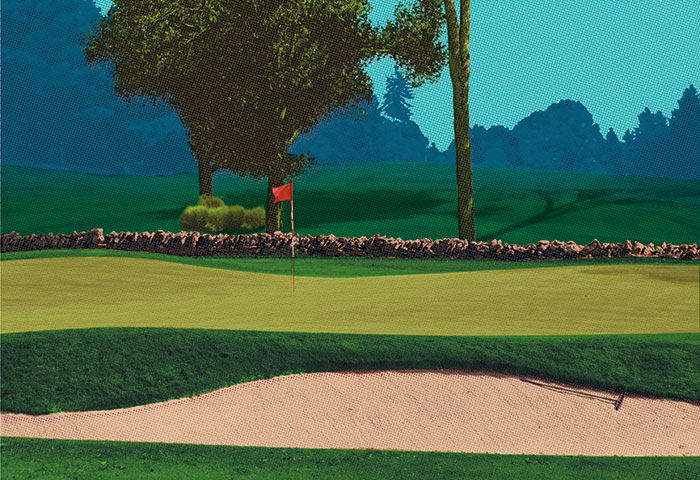The latest in a series of explanations from PGA of SA rules official Theo Manyama to help readers get more familiar with issues they might encounter
When is an ace an ace, and when is it not? Holes-in-one are always entertaining. Perhaps the most incredible hole-in-one I’ve witnessed came during the 2002 Dunhill Championship at Houghton Golf Club.
It happened on the old par-three 15th, before the new layout. James Kingston pulled his tee shot and I watched as the ball hit the bluegum trees way left of the green, bounced on to the green and then trickled into the hole. It won him an Audi TT.
During The Masters this year we had another interesting hole-in-one, this time from our own Louis Oosthuizen.
Oosthuizen’s ace came on the par-three 16th. For those who don’t remember, his ball pitched on the green then started rolling towards playing partner JB Holmes’ ball. It knocked Holmes’ ball and then went on to fall into the hole.
A few golfers have asked me quite a few questions about that ace.
For a start, Oosthuizen’s ball knocked Holmes’ ball closer to the hole. Now what?
Well, quite simply and what TV viewers never saw was Holmes having to replace his ball back in its original position according to Rule 18: Ball at Rest Moved.
Now, what would’ve happened if Oosthuizen and Holmes’ balls fell into the hole? Well, only Oosthuizen would have been deemed to have had a hole-in-one. Holmes would have had to take his ball out of the hole and replace it in its original position. The reason for this is that Holmes’ ball was already at rest on the green when it was knocked by Oosthuizen’s ball.
If you can recall, a few years ago at The Players Championship at TPC, a player’s ball on the 17th green was picked up by a bird and then dropped into the hazard. As if that green isn’t hard enough to hit, now you’ve got to watch as a bird drops you into the hazard.
But fortunately a bird is considered an outside agency, so the player is allowed to replace his ball as near as possible to where it was at rest. And because the original ball is not easily retrievable from the hazard, he was allowed to substitute it with another ball and without penalty.
But what would happen if a player’s ball is at rest on the green and then the wind blows it into the hole? It would be a legitimate hole-in-one. The reason for this is that wind is not considered an outside agency. It’s something natural and part of the golf course.
But beware, this works both ways. If the wind blows your ball off the green and into a hazard, well then you’re in the hazard my friend.
Quite clearly, a hole-in-one has elements of luck on both sides of the spectrum.
WHO IS THEO MANYAMA?
He has long been one of world golf’s most respected rules officials. In 2015, Manyama completed his ‘Grand Slam’ of having officiated at every Major when he was invited to officiate at the PGA Championship. He also received the Minister’s Excellence Award at the annual South African Sports Excellence Awards, awarded to him by the Minister of Sport and Recreation, the Honourable Fikile Mbalula. As a tournament director and rules official, Manyama is respected worldwide by players and officials alike. He has been a rules official at 16 Masters, nine US Opens, 19 Open Championships and one PGA Championship, as well as countless World Golf Championships and regular tour events.








